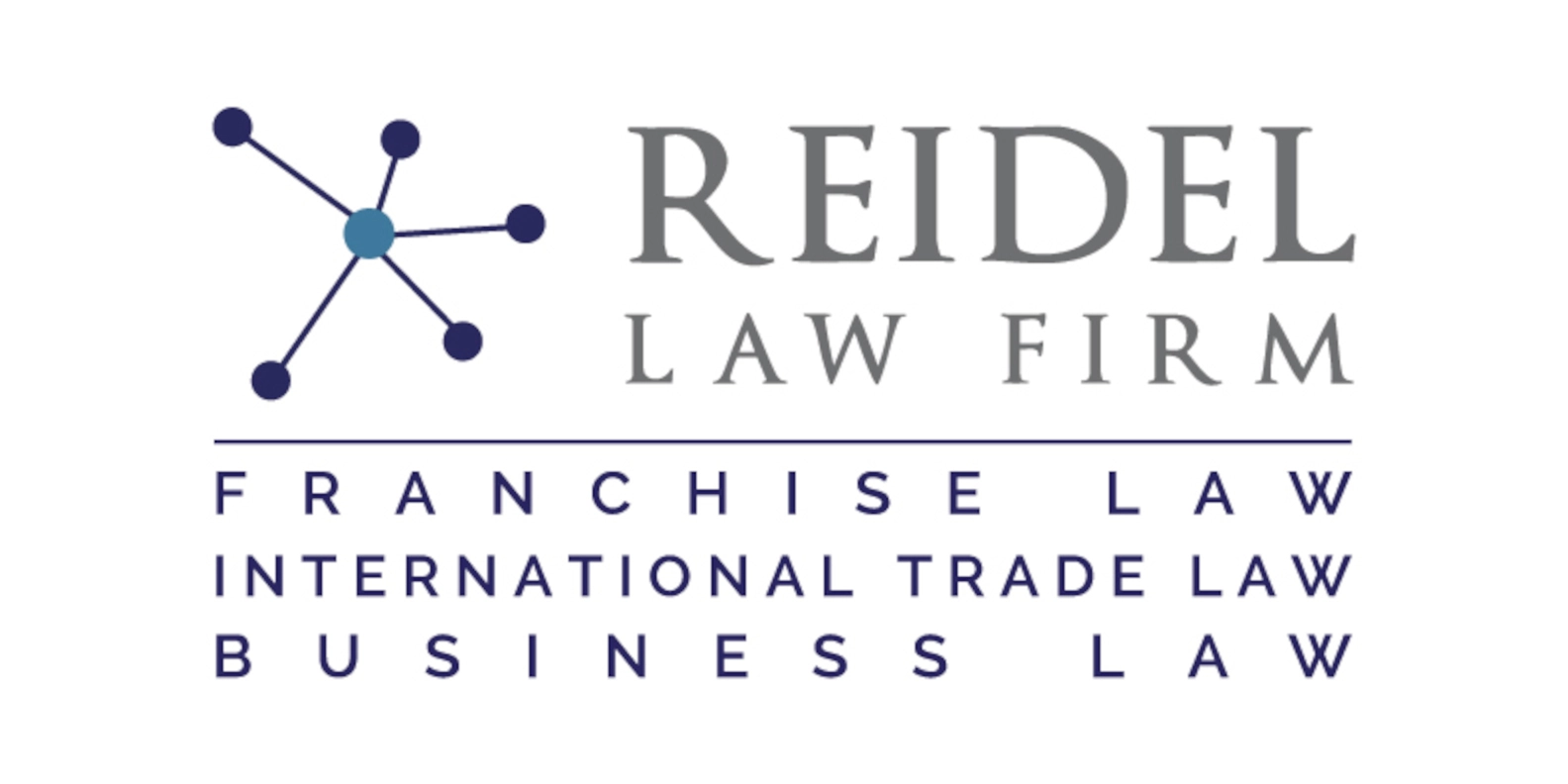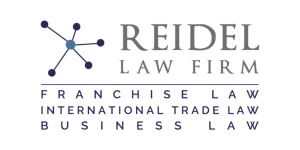In today’s interconnected world, software and technology exports play a crucial role in driving economic growth and innovation. The ability to accurately classify these exports is of utmost importance, as it impacts various aspects of international trade and regulation. This article aims to provide a comprehensive understanding of the classification of software and technology exports, exploring its significance, impact on the economy, global market dynamics, key influencing factors, trade regulations, differentiation between physical and digital exports, intellectual property considerations, export control laws, categorization systems, and challenges faced. Furthermore, it will discuss best practices for accurate classification, the importance of harmonizing classification standards, and showcase case studies of successful classification strategies. Lastly, it will touch upon the future of classification systems for evolving software and technology products.
Why Classifying Software and Technology Exports is Important
Classification of software and technology exports holds immense significance due to numerous reasons. Firstly, classification allows for accurate tracking and monitoring of these exports, enabling governments, organizations, and researchers to analyze the impact on the economy and make informed policy decisions. Additionally, it facilitates compliance with international trade regulations and export control laws, ensuring that these exports do not fall into the wrong hands. Classification also aids in distinguishing between different types of software and technology products, enabling proper taxation and tariff policies to be implemented. Therefore, a robust classification system ensures transparency, accountability, and consistency in the global trade of software and technology exports, fostering trust among stakeholders and facilitating smooth international transactions.
The Impact of Software and Technology Exports on the Economy
Software and technology exports have a profound impact on the economy, driving growth, job creation, and innovation. These exports contribute significantly to gross domestic product (GDP) and balance of trade, as they generate substantial revenue for exporting countries. The demand for software and technology products creates a ripple effect throughout the economy, benefiting various sectors such as manufacturing, services, and research and development. Furthermore, software and technology exports fuel technological advancements, boosting productivity and competitiveness. They also facilitate knowledge transfer and skill development, as domestic companies engage in international trade and collaborate with global partners. Overall, the economic impact of software and technology exports is undeniable, making their accurate classification paramount.
Understanding the Global Market for Software and Technology Exports
The global market for software and technology exports is dynamic and diverse, presenting both opportunities and challenges. It is characterized by rapid technological advancements, evolving customer needs, and intense competition. To effectively navigate this market, understanding its nuances is essential. Factors such as cultural differences, legal frameworks, language barriers, and differing technological infrastructures can significantly impact the classification and marketability of software and technology exports. Therefore, deep market research and analysis are crucial for exporters to identify target markets, assess demand, and tailor their products to specific market requirements. Additionally, staying informed about emerging trends and market dynamics ensures that exporters remain competitive in this ever-evolving landscape.
Key Factors Influencing the Classification of Software and Technology Exports
The classification of software and technology exports is influenced by various factors, including the nature of the product, its functions and capabilities, underlying technologies, and intended use. Exporters must consider these factors to accurately categorize their products and comply with regulatory requirements. Moreover, the classification process may vary across different countries or regions, further adding complexity to the task. Exporters should stay up-to-date with changes in classification standards, consult with experts, and seek guidance from regulatory authorities to ensure proper classification and avoid potential legal pitfalls. By paying careful attention to these key factors, exporters can streamline their export processes and mitigate classification-related risks.
International Trade Regulations for Software and Technology Exports
The international trade of software and technology exports is subject to various regulations, which aim to promote fair trade, protect national security, and prevent the unauthorized transfer of sensitive technologies. Exporters must comply with regulations such as the Wassenaar Arrangement and the International Traffic in Arms Regulations (ITAR) to ensure that their exports are classified appropriately. These regulations provide guidelines on the export of different types of software and technology products, including those with potential dual-use applications. Understanding and adhering to these regulations is critical to avoid legal consequences, protect national interests, and ensure the safe and responsible export of software and technology products.
Differentiating between Physical and Digital Software and Technology Exports
In the context of software and technology exports, it is important to differentiate between physical and digital exports. Physical exports refer to tangible products, such as computer hardware, electronic devices, or CDs/DVDs containing software. On the other hand, digital exports encompass intangible products, including software applications, mobile applications, or cloud-based services delivered electronically. The distinction between physical and digital exports impacts the classification process, as different regulatory frameworks and classification criteria may apply. It is essential for exporters to understand this differentiation and correctly classify their exports accordingly to ensure compliance with trade regulations and minimize potential classification errors.
The Role of Intellectual Property in Classifying Software and Technology Exports
Intellectual property (IP) considerations play a crucial role in the classification of software and technology exports. Different types of IP, such as copyrights, patents, trademarks, and trade secrets, may apply to software and technology products. These IP rights protect the value and uniqueness of these exports, enabling their creators to reap the benefits of their innovation. Classification should take into account the specific IP protections applicable to the software or technology being exported, as it may impact licensing requirements, royalty payments, or restrictions on export destinations. Exporters must navigate the intricate landscape of IP law when classifying their exports, ensuring compliance and safeguarding their intellectual property assets.
An Overview of Export Control Laws for Software and Technology Products
Export control laws are designed to regulate the export of goods and technologies that have the potential to harm national security or contribute to weapons proliferation. These laws are particularly relevant to software and technology products that may have dual-use applications, meaning they can be used for both civilian and military purposes. Exporters of such products must navigate export control laws, including ITAR in the United States and similar regulations in other countries, to determine licensing requirements and ensure compliance. Understanding the nuances of export control laws is vital to avoid legal violations and protect national security interests.
Analyzing the Categorization Systems for Software and Technology Exports
The classification of software and technology exports relies on categorization systems that provide a framework for organizing and classifying these products. Various classification systems exist, such as the Harmonized System (HS) used for international trade, as well as industry-specific classification schemes like the Information Technology Agreement (ITA) for technology-related goods. Analyzing the strengths, weaknesses, and scope of these systems helps exporters identify the most appropriate system for classifying their exports. Deep understanding of the classification criteria and rules underlying these systems is paramount to ensure accurate classification and compliance with trade regulations.
Challenges Faced in Classifying Complex Software and Technology Exports
The classification of complex software and technology exports poses significant challenges for exporters. With advancements in technology, products become increasingly sophisticated, blurring the lines between categories and necessitating in-depth knowledge of underlying technologies. Determining the appropriate classification for these exports can be a complex and time-consuming process. Additionally, emerging technologies, such as artificial intelligence and blockchain, present new challenges for classification, as existing systems may not adequately capture their unique characteristics. Overcoming these challenges requires collaboration between industry experts, regulatory authorities, and exporters to develop comprehensive guidelines and classification frameworks that reflect the nuances of complex software and technology exports.
Best Practices for Accurate Classification of Software and Technology Exports
To ensure accurate classification of software and technology exports, exporters should adopt best practices that promote consistency and compliance. Firstly, exporters should invest in a thorough understanding of the classification criteria, guidelines, and regulations applicable to their specific exports. They should conduct regular internal reviews of their classification processes, seeking expert advice when needed, to stay informed about updates or changes to classification standards. Collaborating with regulatory authorities and industry associations can also enhance classification accuracy. Furthermore, maintaining proper documentation and records of the classification process is crucial for audit purposes and demonstrating compliance. By following these best practices, exporters can confidently navigate the complex landscape of software and technology export classification.
The Importance of Harmonizing Classification Standards for Global Trade
Harmonizing classification standards for software and technology exports is paramount for global trade facilitation. Inconsistencies and discrepancies in classification practices across different countries or regions create barriers to trade and hinder efficient commerce. Harmonization enables exporters to navigate international markets more easily, as standardized classification practices reduce complexity, uncertainty, and the need for multiple classifications. Moreover, harmonization fosters transparency and fairness in international trade, ensuring a level playing field for all market participants. Pushing for international collaboration and convergence of classification standards is crucial to unlock the full potential of software and technology exports and promote global economic growth.
Case Studies: Successful Classification Strategies for Software and Technology Exports
Examining real-world case studies provides valuable insights into successful classification strategies for software and technology exports. These case studies showcase effective approaches taken by exporters to navigate complex classification challenges. By analyzing these success stories, exporters can learn from best practices, identify common pitfalls, and gain practical knowledge that can inform their own classification strategies. Case studies highlight the importance of collaboration, expert guidance, and extensive research in achieving accurate classification and ensuring compliance with trade regulations.
The Future of Classification Systems for Evolving Software and Technology Products
As software and technology products continue to evolve, the classification systems governing these exports must adapt to keep pace with technological advancements. The future of classification systems lies in embracing emerging technologies, such as machine learning and artificial intelligence, to automate and streamline the classification process. Efforts should be made to develop agile classification frameworks that can accommodate new and rapidly evolving technologies. Moreover, global collaboration is crucial to create standardized classification systems that cater to the diverse needs of international markets. By continuously innovating and updating classification systems, exporters can confidently navigate the dynamic landscape of software and technology exports in the years to come.
In conclusion, the classification of software and technology exports is a complex and multifaceted process with significant implications for international trade, the economy, and regulatory compliance. Accurate classification ensures transparency, facilitates trade, and supports economic growth and innovation. Understanding the nuances of classification, adhering to international trade regulations, and adopting best practices are essential for exporters to successfully navigate this intricate landscape. By embracing collaboration, harmonization, and technological advancements, the future of classification systems can be shaped to accommodate evolving software and technology products and promote seamless global trade.



